One of the first things a foreigner notices about India is its colourful tradition and vibrant culture. In addition, a great part of it is occupied by the folk dance forms which you will find nowhere else.
Moreover, it’s so captivating and interesting that more and more people are learning them everyday. Not many are familiar with all the different types of folk dances that are performed on different occasions, in India.
Though, all the folk dances of India are equally attractive, these are 9 Dance Forms of India that a foreigner must watch.

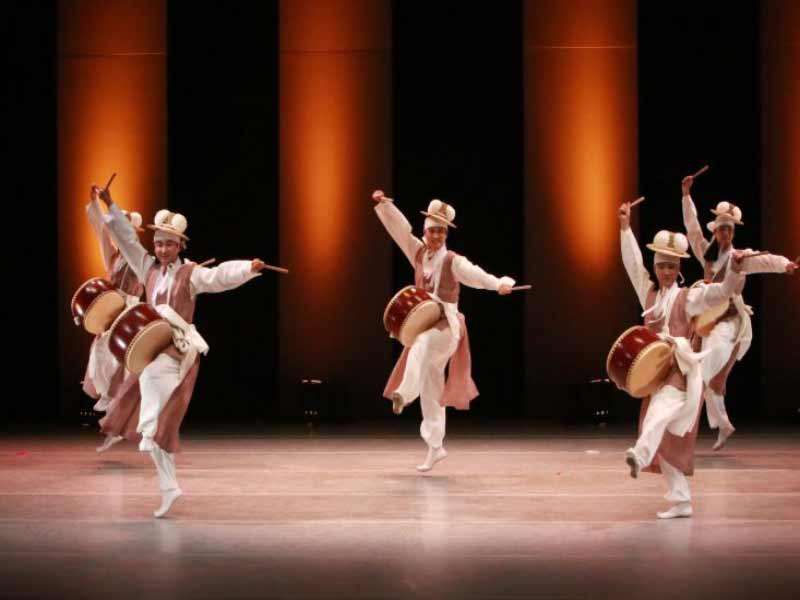
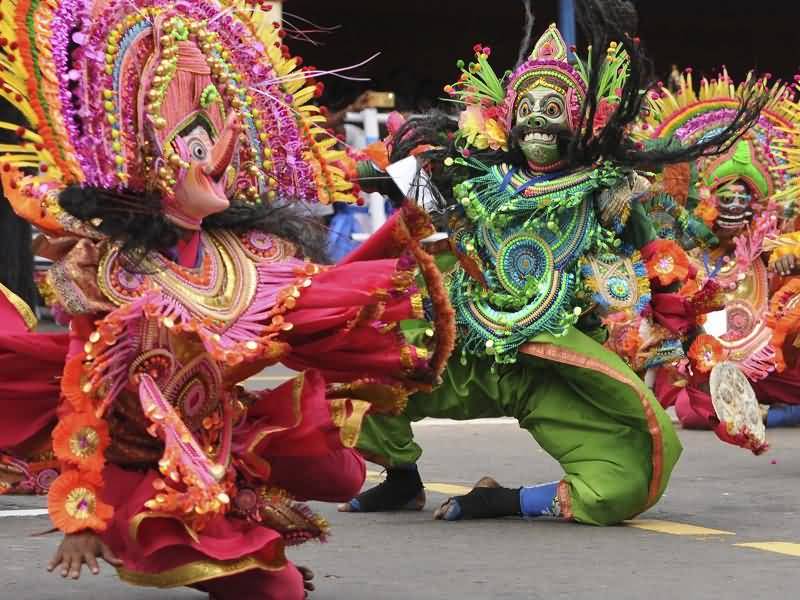
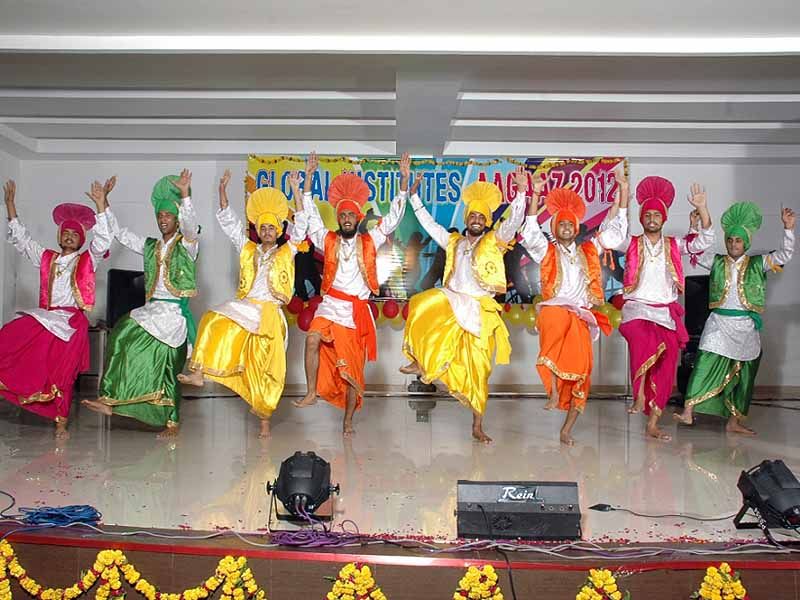

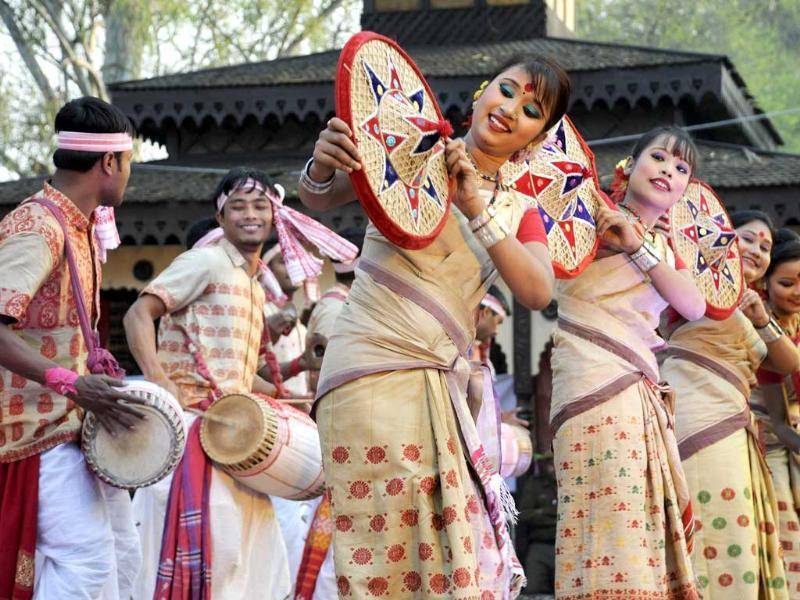
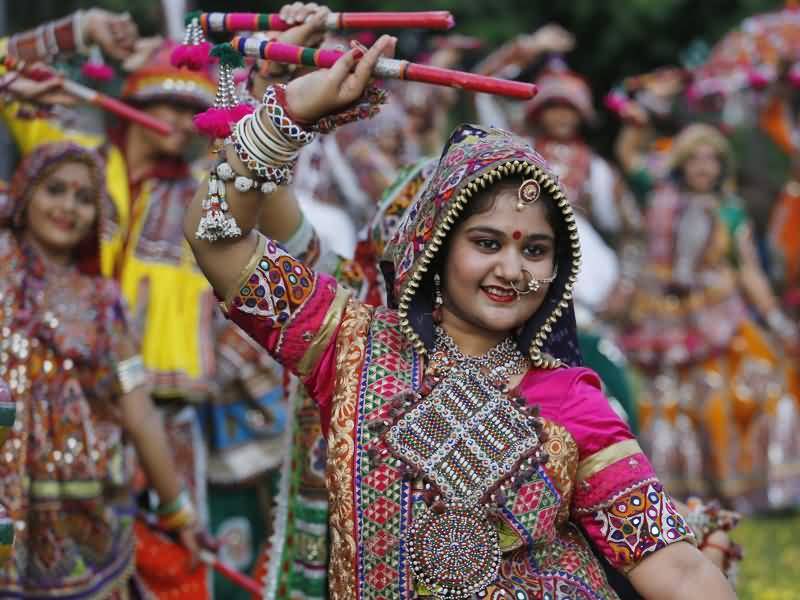
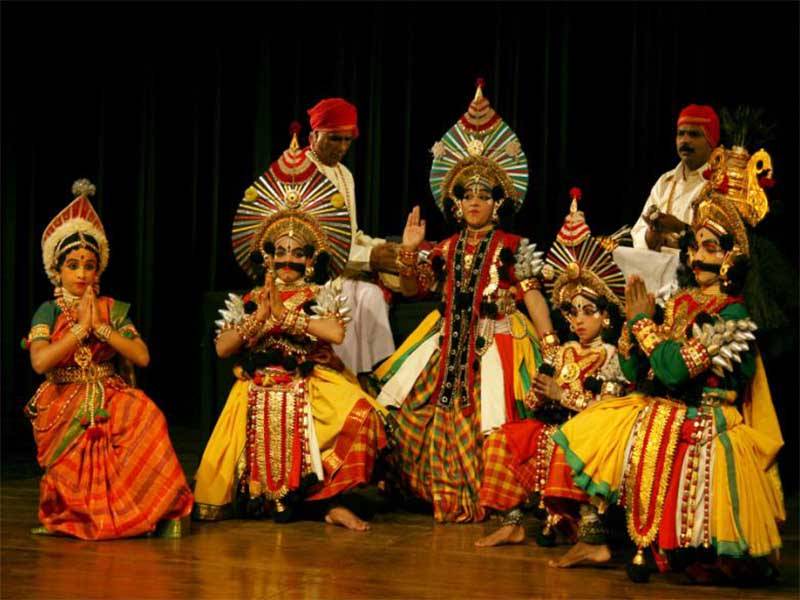
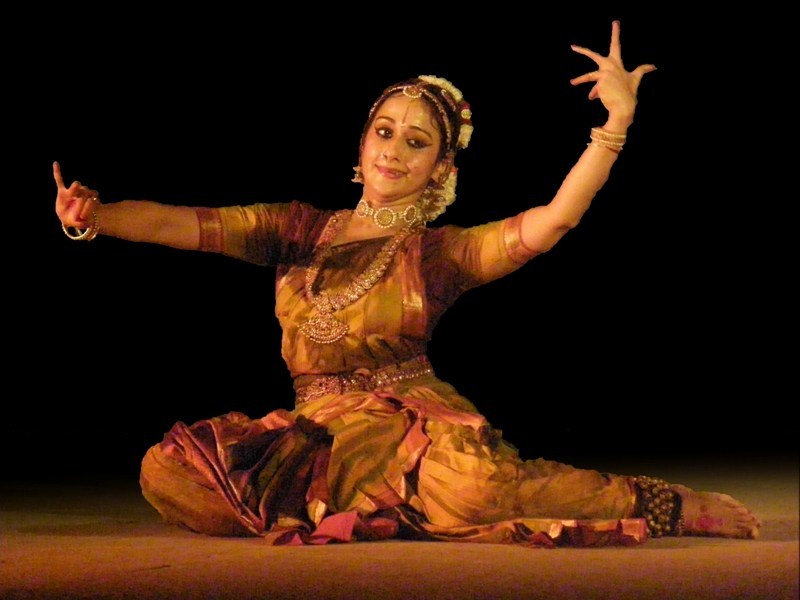

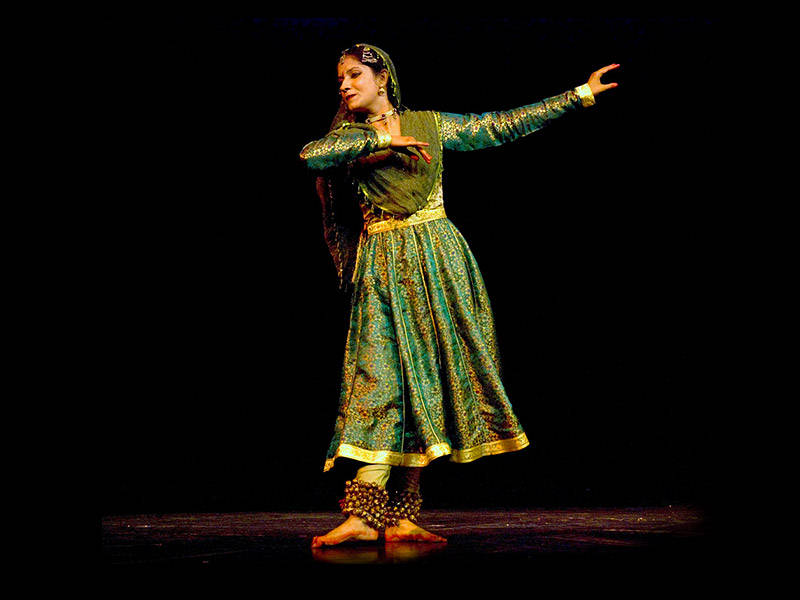




Leave a Reply
You must be logged in to post a comment.